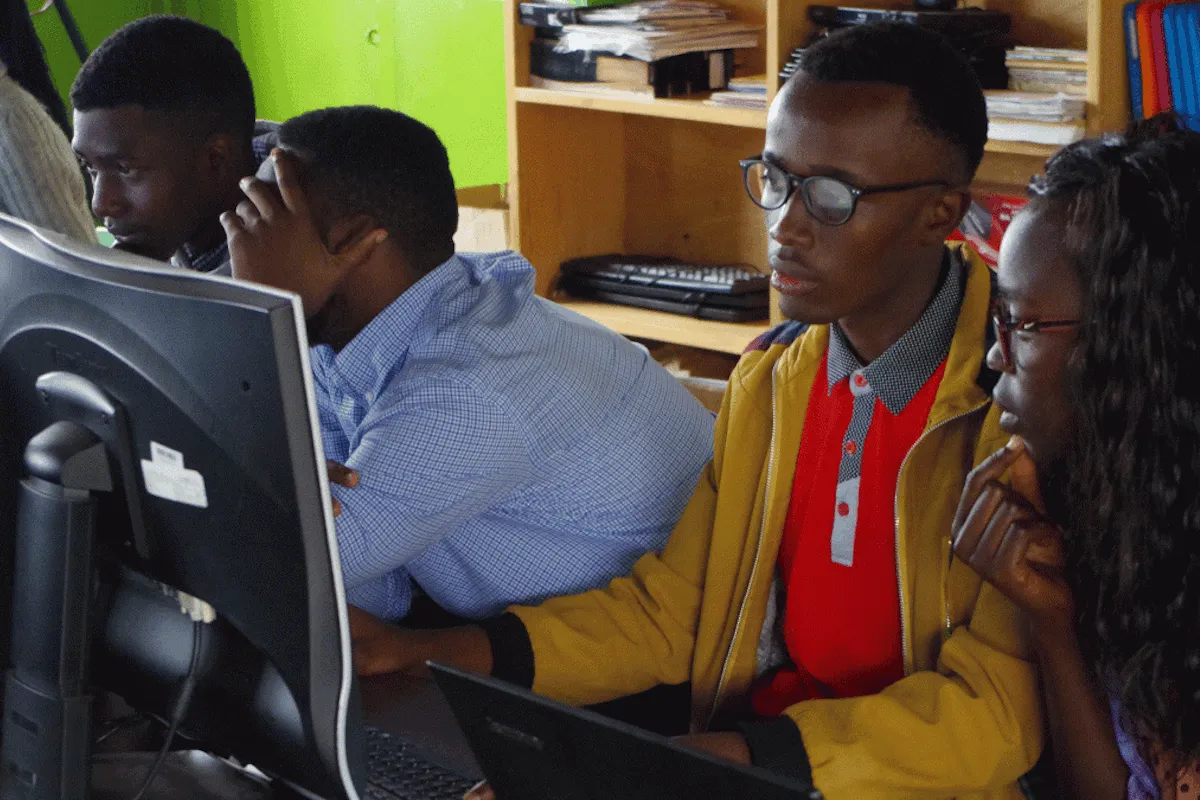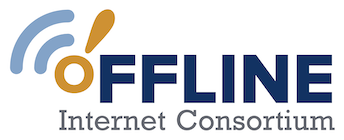
This story was originally published in ASU News.
The internet. We use it every day, all day, and barely think about it.
Today’s digital sharing and discovery of information may seem ubiquitous, but these practices remain out of reach for many individuals and communities all over the world — including the United States — that lack the capability to connect to what we think of as the World Wide Web.
Where information’s free flow comes to a halt, in places like refugee camps, coffee farms in rural Colombia and Navajo County, Arizona, so do opportunities for educational and economic growth and development.
The right to information was the driver of a recent summit held at Arizona State University, where an international group of practitioners gathered to discuss how to bring information to some of the most challenged places in the world.
Led by ASU Library and Bibliothèques Sans Frontières (Libraries Without Borders), with the involvement of the International Federation of Library Associations and Institutions, the two-day summit at ASU was a launch pad for building on work already being carried out by organizations offering offline technology and programming, packaged as “digital libraries,” to connect people and places where the internet does not reach.
“If we’re going to succeed as educators and embrace ASU’s vision of excellence, which is based on bringing people in rather than keeping them out, then we need to ensure that everyone has the same level of access to information, as well as the skills that are needed to make that access meaningful,” said ASU University Librarian Jim O’Donnell. “This is a big first step in trying to make this happen by expanding the reach of digital libraries — the resources, technology and skills — to places where, for whatever reason, the internet fails.”
Two dozen summit participants, from countries from Malaysia to France, explored ways to work together and engage other organizations not present in what may become a consortium, designed to help many different groups contribute more effectively to the success of this work: shaping hardware and software, developing strategies for providing content, and finding ways to collaborate with governments, NGOs and communities to expand the reach of networked information to people and places needing such support.

